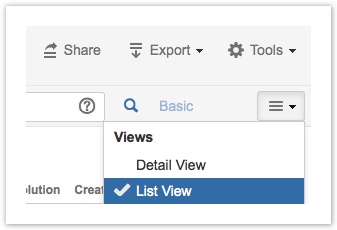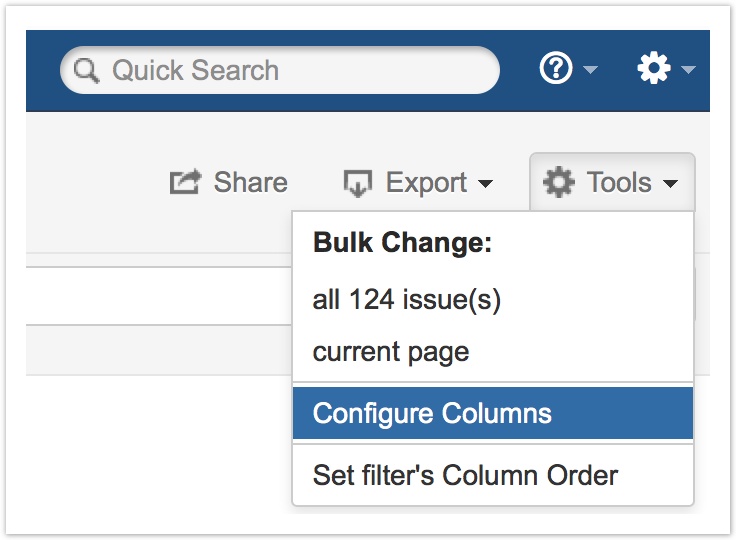
The Tip of the Month, brought to you by Atlassian University, is a monthly series to help master Atlassian tools. Products are more fun to use when you know all the tricks.
One of the great things about our customers is that we see great diversity and individuality across our customer base. That’s you, our reader! Some customers build software with Jira, others design clothing, educate students, and some even make cars! One of the great things about Jira is that it can be customized to really reflect your organization. Custom fields are a great way store additional data in Jira. For example for an issue type of bug your team may need a field called platform (Mac, PC, Mobile) to know the environment where the issue reproduces. If you track customer leads in Jira you may need to add in a custom field for company. Once all that data is in Jira, it’s helpful to see it in a table so it’s easy to see at large.
Want to scan issues faster?
The Issue Navigator is one of the core views in Jira. It’s the view that shows a set of issues from a search result. For most software projects Jira’s defaults work pretty well. Many different types of teams use Jira to track very different types of processes. Have you ever wanted to change what shows up by default? You can add that new field into the search results to see that data in context.
Why Customize the Issue Navigator?
Customizing the issue navigator allows you to see the right data at the right time. This month’s tip focuses on getting the most out of the list view in the issue navigator. Let’s say we need to review a set of bugs for the next sprint to prioritize what the team fixes. Knowing what version a bug surfaced in can help guide when that bug should be fixed. To customize what shows up by default, just click Tools -> Configure Columns when in list view.

Changes in the column configurator don’t affect Jira’s search results. It only changes what fields Jira returns with each search results. Let’s add the affects version field to our search results. To add that field, just choose affects version field in the add new column dropdown.

Once we add it, we can see a preview of the new data in the table below. Using the Jira team’s project as the example we can see:

What’s truly great here is that you now see this data inline with the other issue attributes. You can sort this column to group all the issues with the same version together. This way it becomes easy to see all the open issue that came in by version. Having that data makes prioritizing issues much easier.
Jira uses the last search to populate the data below so you can see example data below. Changes using the above method will only show up for the current user. We don’t recommend removing the issue key column. The issue key is the only guaranteed unique identifier on an issue. It’s of special importance to Jira. It’s the only way to ensure you are referring to one issue in the context of work or conversation. Also, the summary column is the visual cue to what the issue is. We recommend you keep that one as well in all views.
You can change the order of columns by using the arrows underneath the column header. To remove a column just click the trash can icon. Also, keep a watchful eye on the number of columns on the screen. Ideally you will have enough screen real estate to ensure that the browser does not need to scroll horizontally. If you need to view a large number of columns in a one time scenario, we recommend to use the export to Microsoft Excel. To do so, click Export->Excel (all fields).
A Note for Admins
Want to make the change globally? As a Jira admin, you can set defaults for all users by going to Jira Administration -> System -> User interface -> Navigator Columns.

Have the latest Jira?
If you do not see list view in your Jira 6 or OnDemand instance you may be in a new view in the issue navigator called detail view. To follow along choose the list view option from the Issue Navigator.

As a side note, we encourage you to try detail view. It’s one of the great new features of Jira 6!
Did you discover a setting you didn’t know about? Post a comment below.
If you found this helpful, please visit Atlassian University – interactive tutorials and videos with tons of tips just like this one.
